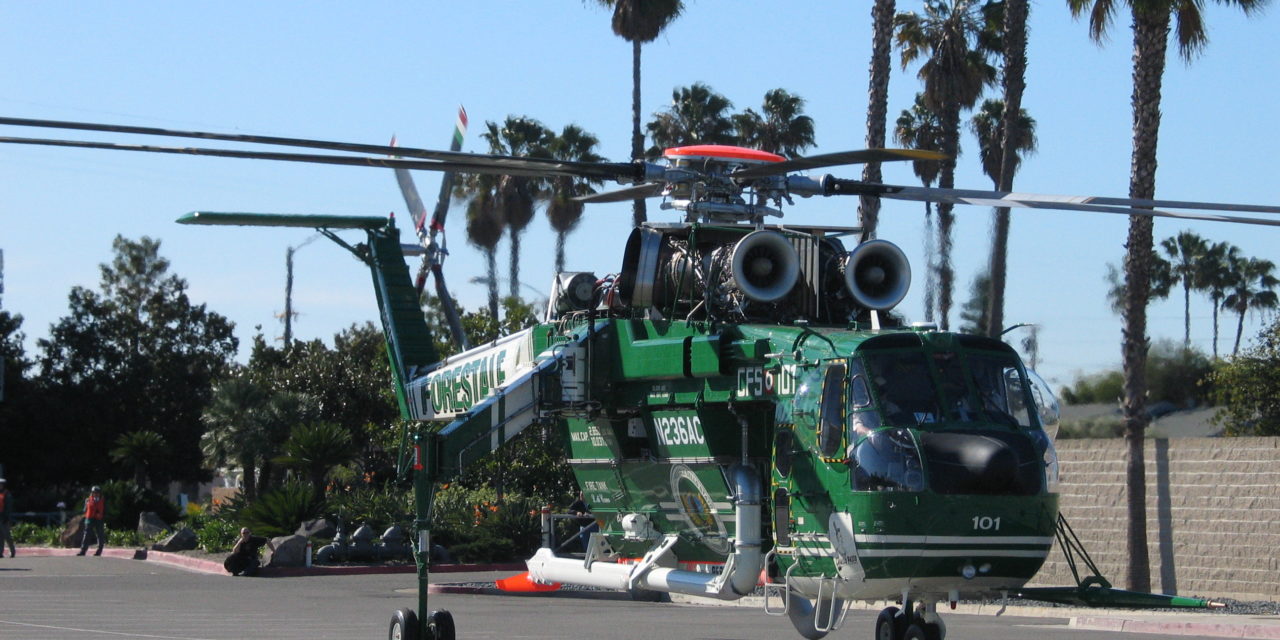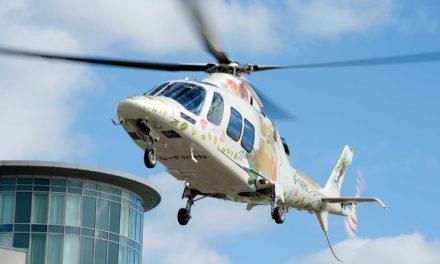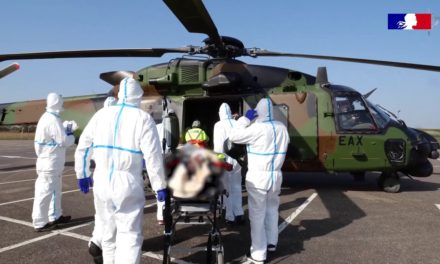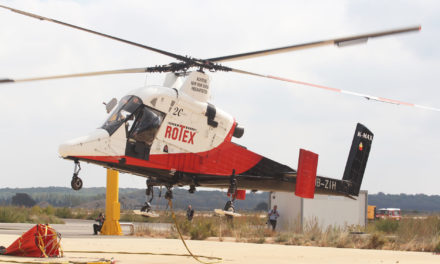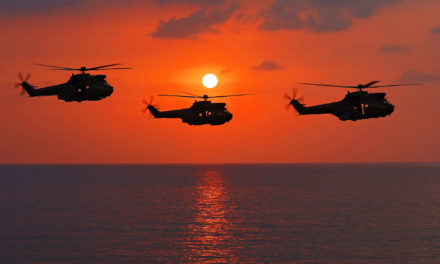By Frédéric Lert
Erickson has built its success and reputation on the use of the S-64, an outstanding lifting device. The S-64 is the civilian version of the CH-54A born during the Vietnam War, so Erickson has now bought the type certificate from Sikorsky. The company based in Portland, Oregon, now has twenty aircraft deployed worldwide. But other aircraft are owned by the Italian and South Korean governments. The Korean Forest Service, which was the first outside the United States to order firefighting S-64s in 2001, for example, has eight aircraft, with the last two delivered in November and December 2019. The S-64 E and F can carry 2,650 gallons (about 10,000 liters) of water or retardant in a tank installed precisely in line with the rotor.
For their part, Italian firefighters are already operating four Aircrane aircraft, with the goal of having six by the end of next year. In total, some 40 aircraft will be in service around the world. But according to Doug Kitani, the company’s CEO, demand is now strong enough to justify the relaunch of a production line. All the aircraft delivered in recent years have in fact been rebuilds of existing aircraft. Doug Kitani estimates the potential market at several dozen aircraft, “between fifty and one hundred, the market is there,” he even told Helicopter Industry at the last Heli Expo show last January.
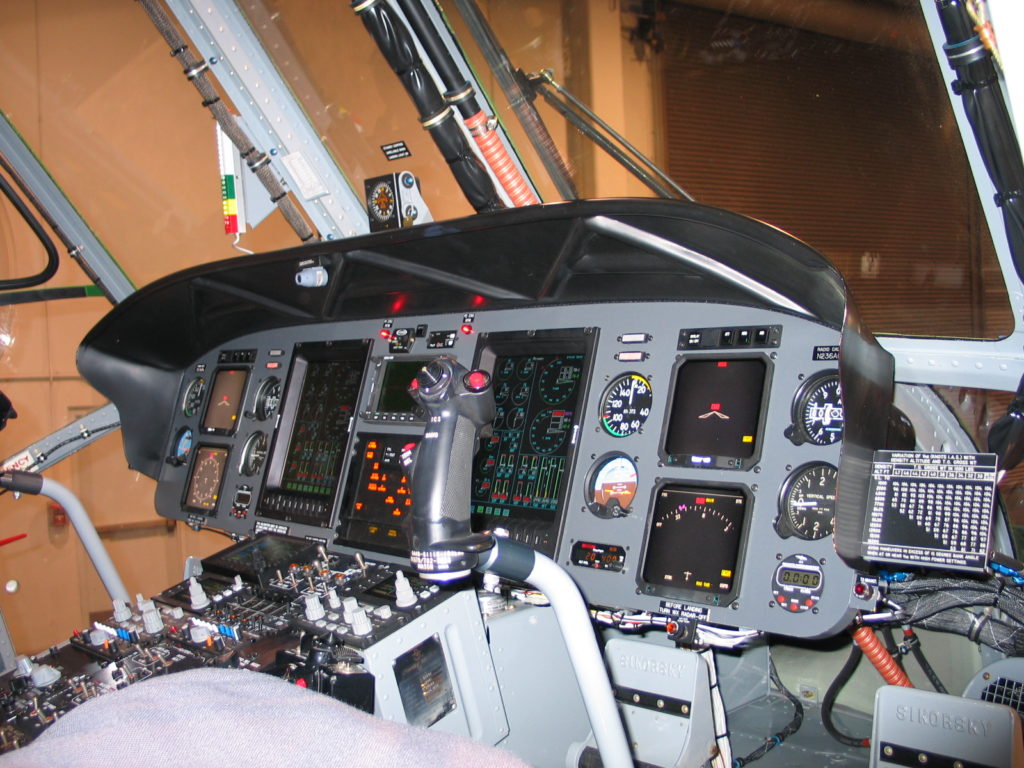
To meet the demand, Erickson is preparing an S-64F+ with several innovations, including composite blades for the main rotor and anti-torque rotor. These new-generation blades offer a spectacular increase in performance: compared to the existing aluminum blades, they increase the lifting capacity by 1,350 kg in the most difficult conditions. They also bring a 75% reduction in maintenance costs and a 3% reduction in fuel consumption. These blades have been approved by the FAA, initially for use on the S-64 E with limited potential for the moment, but this will increase with ongoing fatigue tests. The second area of improvement is avionics, with the use of the Matrix suite from Sikorsky. Matrix would assist the crew with the use of digital mapping, LIDAR and cameras for automatic terrain and obstacle avoidance and surveillance in all visibility conditions. The third part of the ongoing development is the installation of a new engine. Erickson is considering the replacement of the current Pratt & Whitney JFTD12-4A 4500 hp turbines, whose technology dates back to the late 1950s, for recent engines equipped with digital control (FADEC). The choice could be either Honeywell T55 turbines powering the Boeing CH-47 Chinook, or General Electric T64 turbines powering the Sikorsky CH-53.
Erickson’s project is ambitious, but Doug Kitani believes that it is feasible thanks to his company’s financing capacity, which is currently being boosted by the increase in activity for the benefit of the Pentagon, and in particular the MRO contracts signed with the US Marine Corps for the maintenance and renovation of the CH-53 and UH-1 aircraft. This activity is complemented by MRO work carried out for Bell and Sikorsky. The third pillar of the company is the provision of flight hours with its own fleet of helicopters. This generates over $200 million in sales for the company, which now has 800 employees.

